arted
now browsing by tag
PA Arts and Culture Advocacy: Engaging Students in the Political Side of the Arts
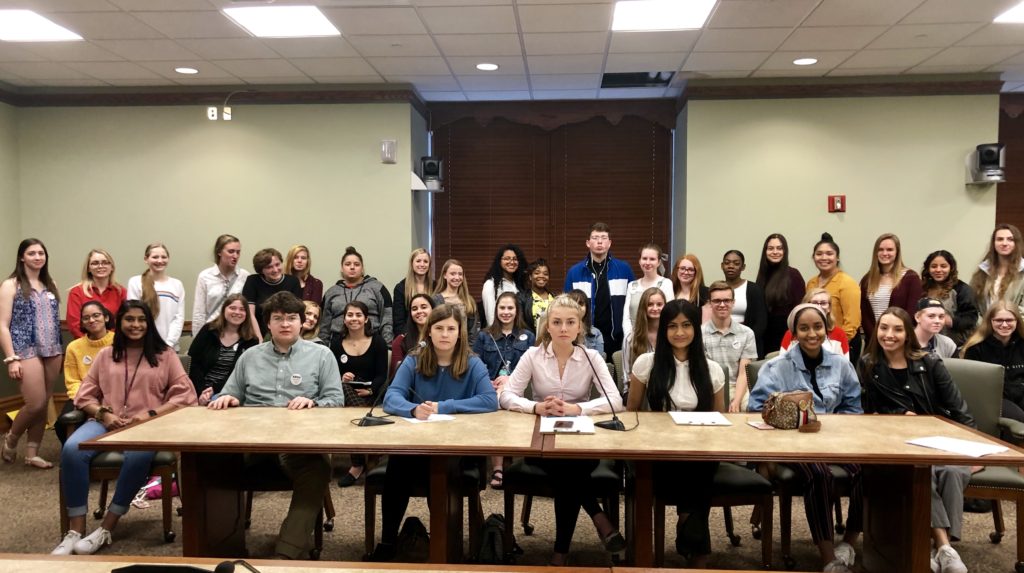
Post by PAEA board member Jessica Kirker
“I only need to pass my ‘important’/core subjects.”
“[Student] is going to have to miss art today because of discipline/make-up work/test prep.”
“I can’t expect [child] to do well in art, I can’t even draw a stick figure.”
“It must be fun/easy to teach a class that all students enjoy.”
“How can your really grade art? Art can just be whatever you want, right?”
I am certain, beyond a doubt, that I have the best job in the world. If you are reading this blog, you probably do to! We, as art teachers, have so much to be grateful for. We have the privilege of enlivening the creative spirits of those whom we teach. Art teachers can foster a means to communicate beyond what a student expects or imagines of themselves. We can open eyes, heads, and hearts to media and methods that our students didn’t know existed. We get the chance to re-experience the joys, excitement, and apprehension of these materials and tools for the first time over and over through our students. While students transition through grades and classroom teachers, we get to stay with students for years and have the chance to build meaningful and lasting relationships.
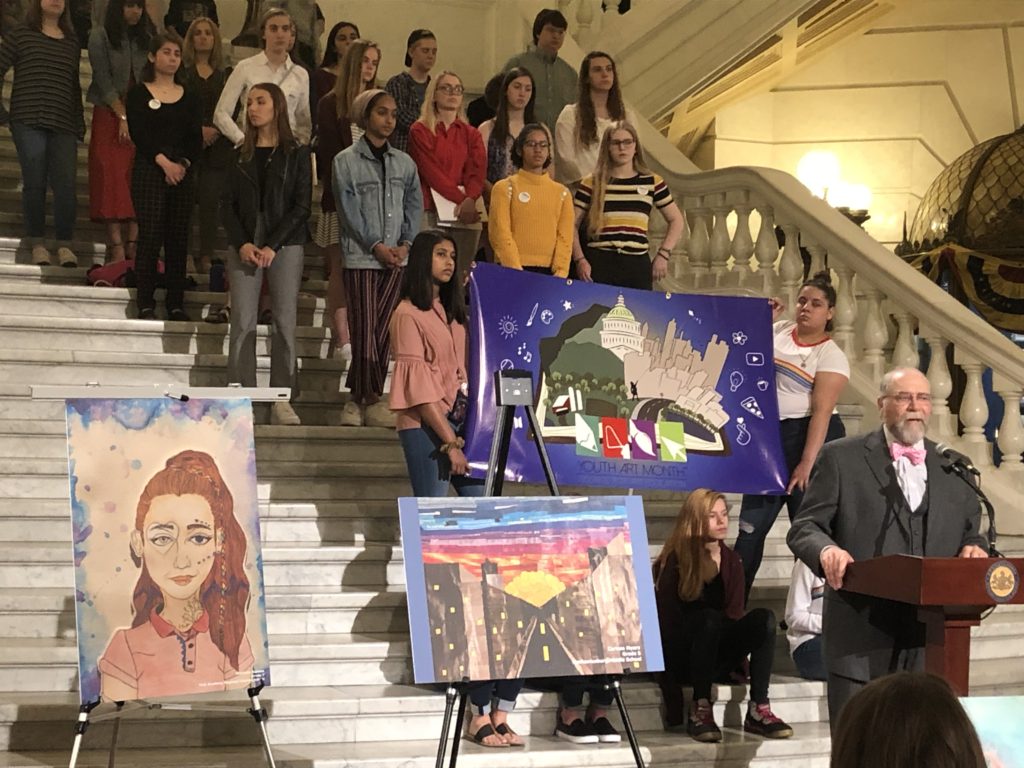
However, some times, (ok, many times) we have to grit our teeth to the misnomers that come from a lack of understanding about what we do, and most importantly, why we do it. The readers of this blog know that we are not the educators of fluff, fun time, brain breaks, hobby hour, extra recess, or easy ‘A’s’. Sometimes these misnomers are cruelly condescending and other times they are ignorantly based on affectionate nostalgia. Whatever the reason, these perspectives are damaging to the future of art education for all students and we can not allow them to continue.
NAEA and PAEA both provide strong support for art education advocacy. (Have you checked out their websites lately? NAEA: https://www.arteducators.org/advocacy PAEA: https://paeablog.org/blog/.) NAEA offers a multitude of materials to assist art educators in preparing to advocate to school, community, and legislative audiences. These well-articulated resource guides plainly and effectively describe the importance of art education for all students and are easy to be shared with educational community stakeholders.
I am proud to report that this year some members of the PAEA Secondary Division incorporated high school students into their advocacy plans for PA Art Education by bringing approximately 50 high school students together for Pennsylvania Arts and Culture Advocacy Day in Harrisburg on May 1. This event was sponsored by The Citizens for the Arts in PA and exposed students to the political side of the arts while showing our legislators the importance of art education on a very tangible and personal level. The art teachers from Norristown Area HS, Garnet Valley HS, Cumberland Valley HS, Conrad Weiser HS, and South Western HS each brought between 5 and 15 students to participate in the day’s events. The majority of these students were members of their school’s National Art Honor Society Chapter.

The day began with an Arts Caucus breakfast followed by a press conference in the Capitol Rotunda. During this time, some high school art students proudly displayed the PAEA 2019 Advocacy Flag in the backdrop for the speakers. Easels of PAEA Youth Art Month surrounded the podium and Rotunda stairs, attracting the attention of those that passed by. Meanwhile, other art students grabbed their pencils/pens/markers/charcoal and began drawing the architectural landscape of the building as observers got the opportunity to see our talented students at work. These working artists put the process of their craft in the limelight to the capital audience.
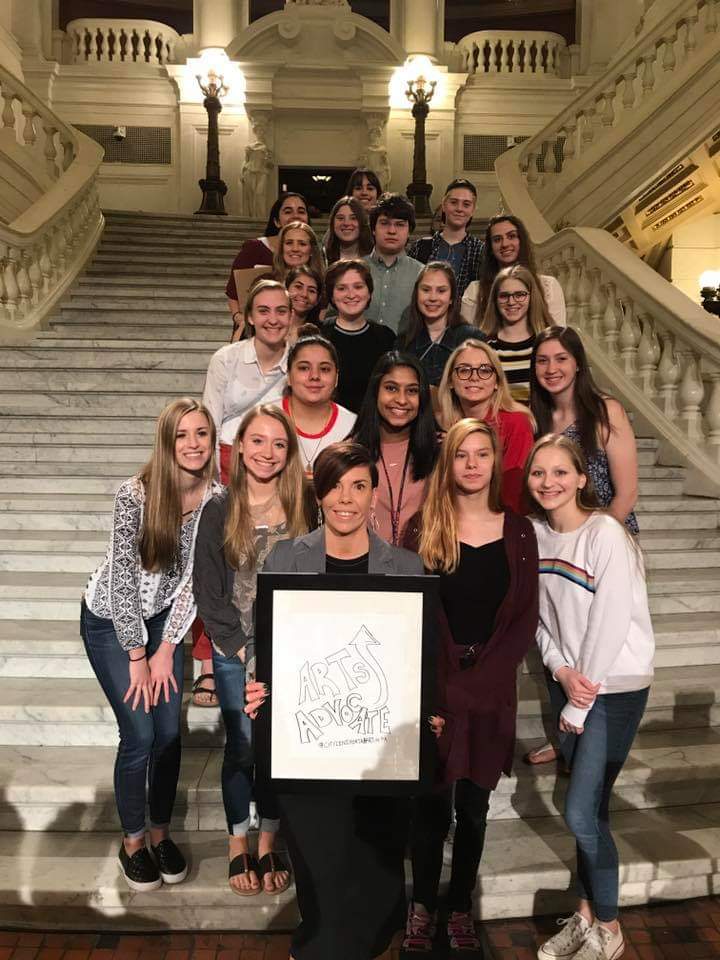
After the press conference, some students took part in tours while others continued drawing exercises or moved on to legislative meetings. Jenny Hershour of Citizens for the Arts in PA coordinated the meetings between participating schools and local legislators so that they could engage in conversations about the importance of arts education from the perspective of those whom are directly served. This gave the students the chance to speak from the heart about their passions, inspirations, educational experiences, and hopes for the future of art education.
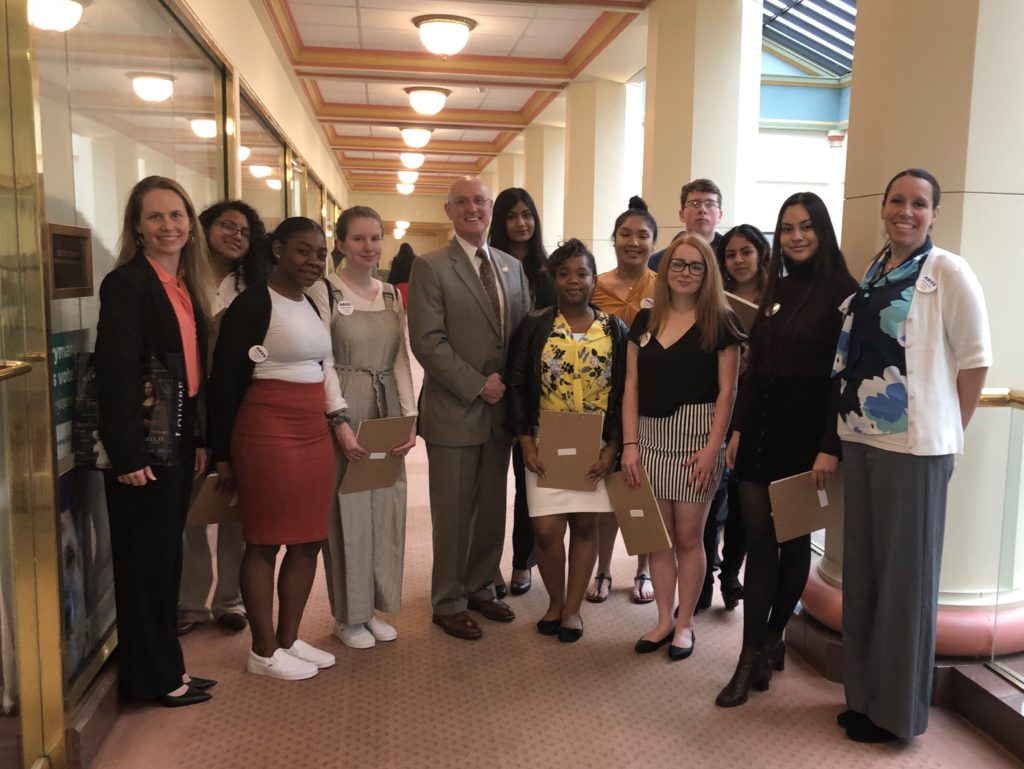
All students attending had the chance to get together over lunch where they were assigned to tables with youth from other schools. Uncomfortable at first (as you can expect of any high schooler), the tables transitioned from shy nerves to lively chatter and laughter by the end of the afternoon. With the conclusion of
Not only did the students get the chance to have their voices heard and create visibility for the visual arts during this event, I believe the most impactful outcome of the day was the effect that this even had on our students. Many high school art students are familiar with the misnomers surrounding art classes. By the time they have reached high school or advance level classes, there has been some tough choices to be considered. Do I take another year of language or try for AP studio? Do I need another math class or can I take Art II? Will it affect my GPA if I take non-weighted art classes? Do I want a career in art? Whatever their reason, these students have chose the path of including visual art into their educational path, and they might have had to defend this choice to peers, teachers, or family members. Are they prepared to successfully articulate their position? We, as members of PAEA/NAEA have been prepped for these conversations, but what about our students?
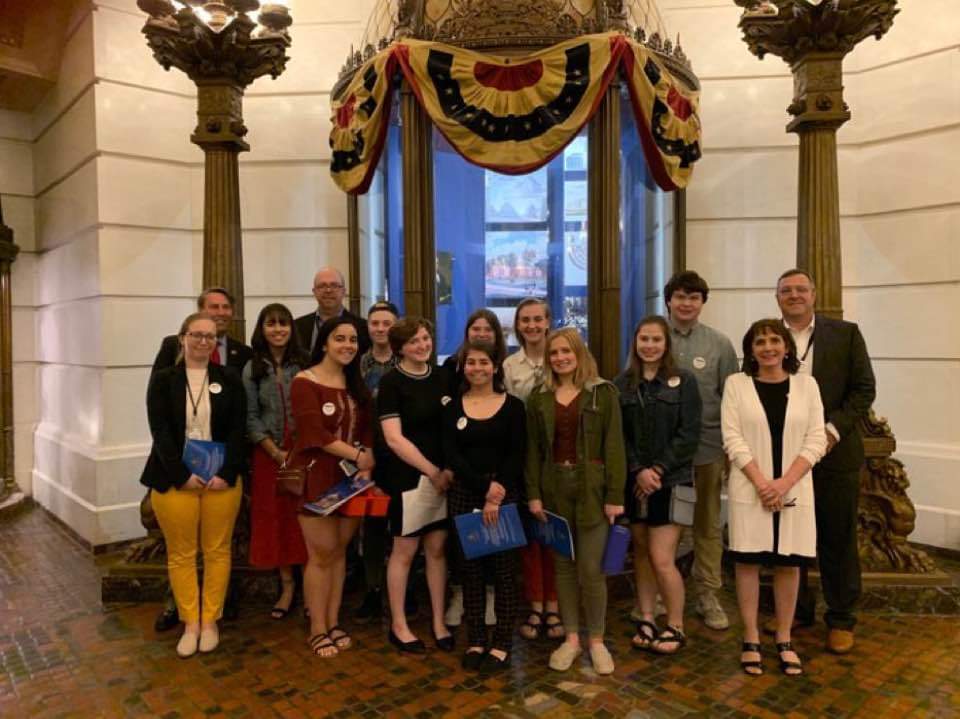
If a student is going to join the art world as full-time or part-time professional artist or art educator, patron of the arts, or supporter of the arts, s/he are members of an arts community that does not exist in the solitude of his/her own space. We teach our students that art is social, political, emotional, and environmental. Therefore, engaging the arts world is also a socio-political activity. If we teach students how to make art, talk about art, analyse art, and write about art, then we also need to consider it our duty to teach our students to be citizens for the arts.
There is evidence to support the notion that regular exposure to art classes enhances proficiency in math and reading. Can we look to sociology to enhance our understanding of art or government/social studies classes to enhance our roles (or our students’ roles) as art advocates? It is not rare for my high school art students to believe that their passion for art is not entwined with politics, but that is far from accurate. I often remind them that that every class, every dollar spent on classroom materials, and the mere availability of the classroom/space/instruction is a product of a local/state/federal legislative decision.
By the time a student reaches an advanced level high school art class, they should become aware that art class is not a privilege for a few, but a right to all as per ESSA. They should also be aware of the local and national legislative trends regarding arts in education. If they are going to become engaged in the art world as a youth and adult, they have to understand the role of free and adequate public arts education to sustain the future of arts in their community, state, and country. Students also need to understand their role as a voting citizen, a voice for their community, and an advocate for their own passions.

Participation in PA Arts and Culture Advocacy Day not only put a visual presence of visual arts education at work, but it gave students a chance to witness the democratic process and what it means to be an advocate for their cause. I encourage all PAEA/NAEA members to continue their advocacy efforts in their school, community, state, and national forums. I also encourage you to invite your students, parents, and colleagues to act as advocates for art education. If we fail to address the political nature of arts funding, access, and education, then we fail to educate the complete picture of the artworld in the 21st century.
Jessica Kirker, PhD is the PAEA Secondary Division Director. She teaches art at Norristown Area High School and is an Adjunct Professor of Art Education and Community Arts Practices at Temple University Tyler School of Art.
“Make It Work, Artists!” : Mini Design Challenges for the Art Room
Sunnylee Mowery, PAEA Secretary and art teacher extraordinaire at Greenfield Elementary in Philadelphia, shares her ideas on using mini “Design Challenges” to encourage collaboration and increase spontaneity between traditional lessons. Great for half days and early dismissals! Sunny shares with members her experience and provides readers with a few easy, no mess, minimal prep ideas.

The digital clock counts down! Sweat drips for the contestants’ foreheads! Expert judges lined up at a table to offer cut-throat feedback! By this point we’re all familiar with reality competition TV shows and most recently, I’m sure you’ve noticed the evolving trend of our kids creating their own idiosyncratic challenges. Epically perfect water bottle flip onto table edge, anyone? In an effort to harness the energy behind our human desire to compete, I started implementing “Mini Design Challenges” into my art curriculum and my students have responded with rave reviews!
So what is it? A design challenge is a brief, yet intriguing art prompt that students work to complete as a team. Design challenges are great for encouraging collaboration and increasing spontaneity between traditional lessons. They are a great fit for all grade levels, and demonstrate that the work of an artist isn’t just about making a masterpiece with strong elements and principles.

What I love most is that the design challenge format flips the traditional art room modus operandi on it’s head. Instead of coming to art and embarking on a personal journey of completing project objectives, I design my challenges to get kids up out of their seat and collaborating. Disclaimer: A successful design challenge may result in a room that’s louder and messier than normal! It also requires a fair share of masking tape. But for most design challenges, all you need are some recycled materials which is great for ye old budget and a boatload of fun.
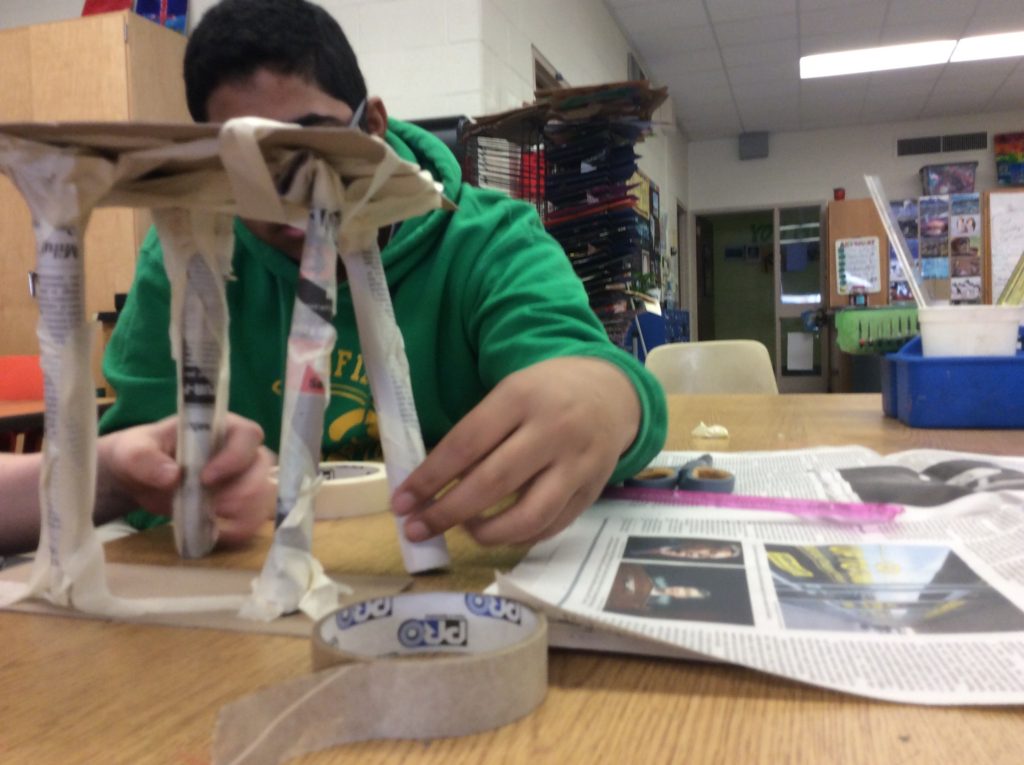
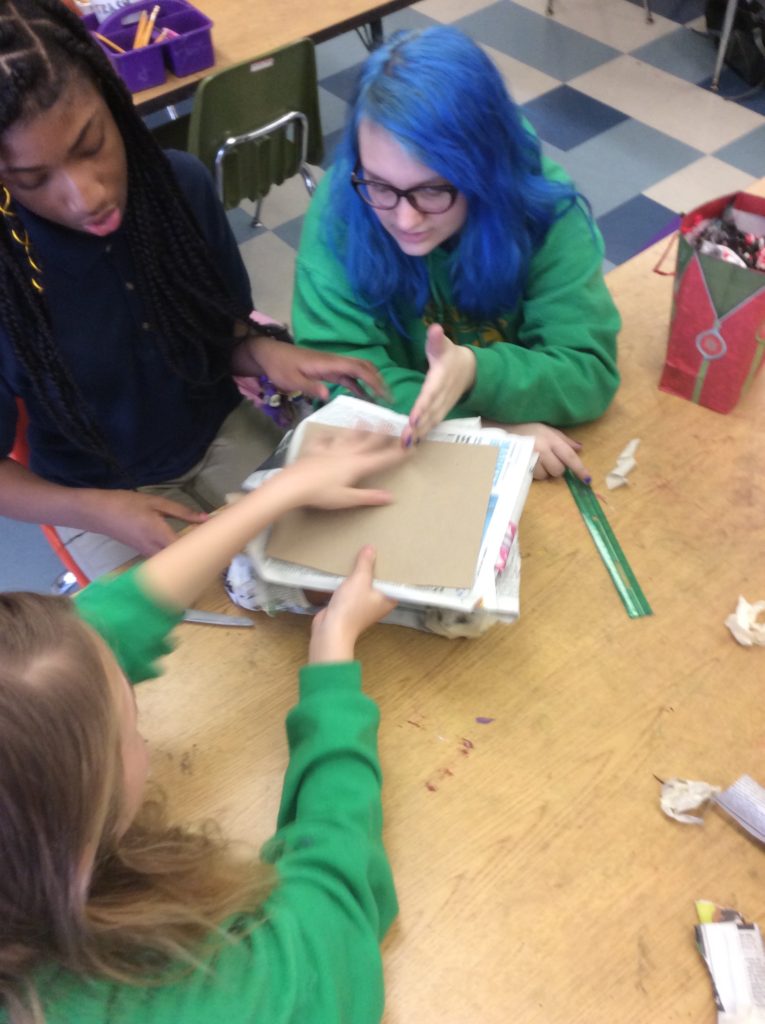
I try to announce the prompt, material guidelines, and rules in less than one minute (time is of the essence!) and I make sure to provide a visual of all the parameters on the board for those that have any questions. And then boom, it’s on your mark, get set, let’s go!
Below is a list to my go-to art design challenges:
· Build a shoe out of newspaper!
· Build a table out of recycled materials that can support the weight of a dictionary.
· Create a kinetic sculpture out of 20 blank index cards.
· Create the longest line you can using only three sheets of paper and tape.
· Create a hat you would wear if you were a style icon.
· Work as a team to use each material in the “Mystery Bag” at your table to create one, complete masterpiece!
· Marshmallow Spaghetti Challenge: Using only tape and 20 piece of spaghetti, build a sculpture that support the weight of a marshmallow.
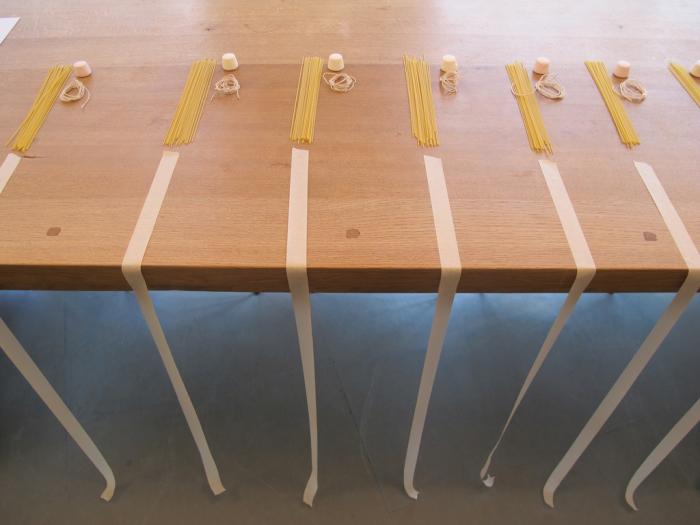
Kiddos usually get 20 minutes to complete each challenge. this chance to work as a team encourages peer to peer dialogue. Kids are forced to negotiate group troubleshooting and solve problems together on the spot. These kind of artistic endeavors help them build social skills in a low-stakes, fun oriented environment.
My favorite part of each day is the big reveal and the debrief! It’s important at the end of each design challenge to take a moment and let the students observe the way other teams solved the problem. There are so many gorgeous moments of delight and exclamations of reverie.
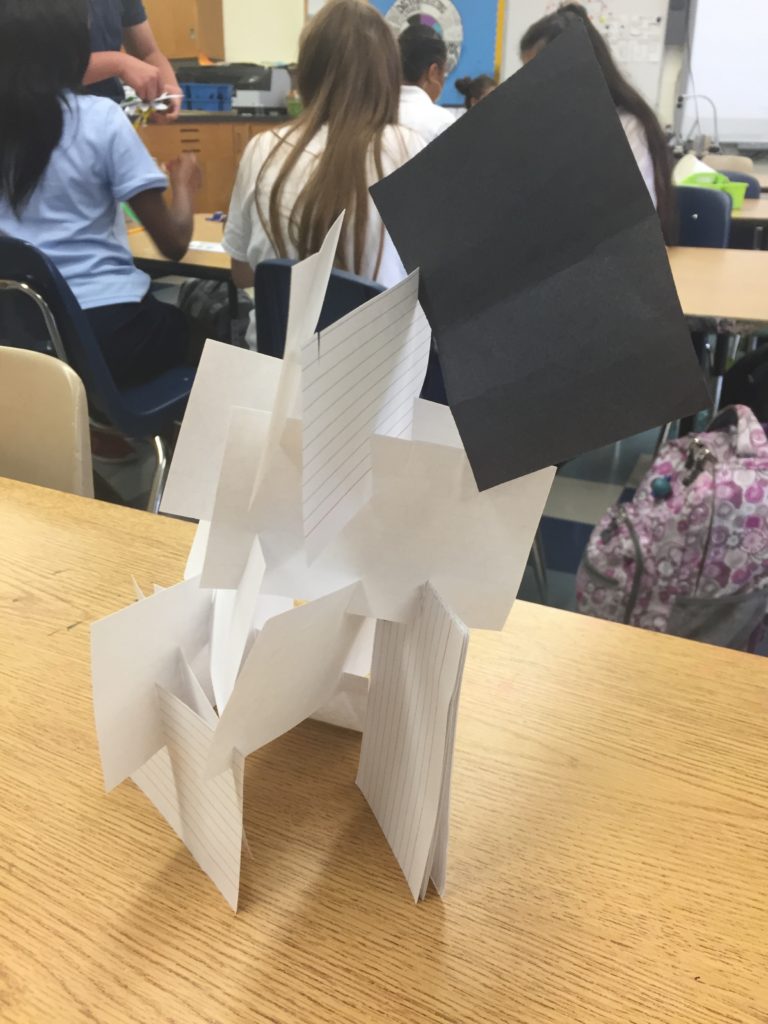
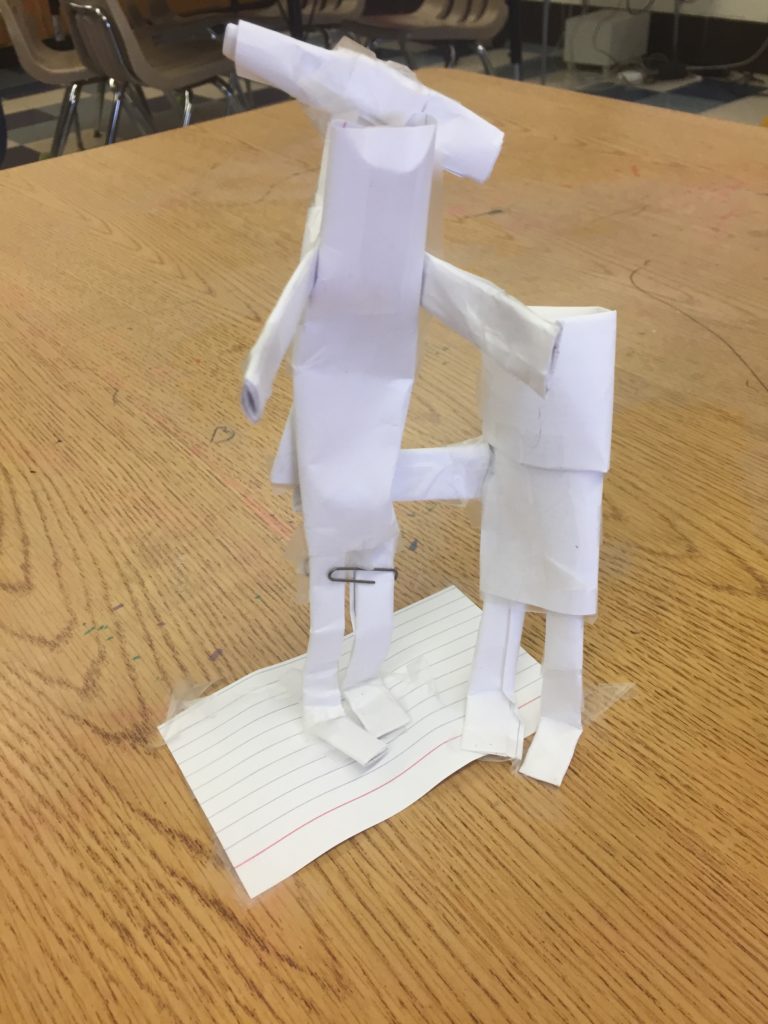
To prompt reflection-related dialogue, I usually wrap up with three simple questions:
· What was the easiest part of this challenge?
· What challenges did you encounter? How did you solve these?
· How did you break up the job with your teammates?
My students have come to expect four design team challenges each year. I like to throw them in on half days when classes are condensed to 30 minutes. I keep the stakes low, no one is voted off the island and no one is asked to pack their knives and go. Sometimes there are obvious “winners” and sometimes none of the teams complete the challenge prompt completely. Both results are okay. If I did a good job as a teacher, my students walk away knowing the joy of just engaging in the design process.
Organization in the Art Room
The following query was posted to our PAEA Facebook Page. Members chimed in, and their responses are below for your benefit and organizational enjoyment! I’m getting goose pimples already thinking about the wonderful ways to organize!!!!
“Please share some of your unique and successful classroom organizational devices/structures. How do you store 2-D work? How do you store 3-D work? What do you feel is necessary to always have on the table? What are your art room life hacks? Etc…”
Marita Fitzpatrick of Bodine High School in Philadelphia suggests: “For small 3d (our recent stuffed toys): I have a copy paper box for each class. The students put their work in manila envelopes, write their names on them and I have one person from each table collect the envelopes and return them to the box. For 2d, each table puts their work in folders marked w the table color (tables are color-coded) and that goes in the copy paper box. This box is marked, period 1, period 2, etc. I have a closet of shelves for ceramics and each kid gets a shoe box to store their stuff in. It keeps the others from touching the work and breaking it. Students wrap their work in dry cleaning plastic to keep it moist. I regularly have kids empty the drying rack, sort the work and put it in the copy paper boxes. I keep nothing on the tables, because the stuff disappears and they put trash in the containers. I store markers and colored pencils in plastic pencil boxes on open shelves in the room and number them. I never look at the numbers or count them, but the kids think I do, so nothing disappears. On those shelves, I also have scissors and other frequently used supplies that students have open access to.”
Alison Elizabeth of Lancaster, PA shares her planning strategy: “Each class I teach is a different colored sticky note. This calendar is glued into the front of my sketchbook (which I use for all of my demos, meeting notes, and conference notes). It’s all with me and ready to go at all times.”
Linda Keels suggests making the investment in folding tables from the local hardware store (she uses 3) for about $30-40 a piece—there is room to hold up to 6 classes worth of work (she teaches 12) which forces her to keep it moving and the kids to stay on track for 3-D things.
Eleanor A-Evans For stores 3D work, such as clay sculptures and paper mache on ‘mobile pan racks’ (like the one in the photo- thanking Google image search). Depending on your supplies resources, the cost on the average is under $90, and can be the solution for saving space and stowing away the masterpieces!
Julie Schedin share with us how her students creatively tackle this issue with a little design thinking! “My Crafts class yarn bombs a coat hanger. They own the airspace above their seat, and hang all work (basket weavings, etc) from the coat hanger in the drop ceiling. The room develops a type of “rainforest canopy” but a least we can keep 3d projects organized and handy.”
Judi Treffinger of Carlisle, and formerly the Carlisle Area School districts has an idea for yarn storage! “You know all those large gallon sized plastic food containers your cafeteria gets when they purchase food? I duct tape then together with the open sides up and use them to store and separate skeins of yarn. They can sit on a counter top, or stash neatly in a cupboard with open ends facing out- all colors are visible and yarn doesn’t get tangled!”
Moore College of Art and Design Alumni, Autumn Rae suggests art teachers to follow her Instagram: mrsdow_artroom where shes posts things about classroom display and specific grade levels k-5 . She posts lots of classroom things about organization what materials I use.
Autumn also shares:
“- Container store bins are the best!
– It needs to be organized and colorful for me to function. I cannot stand messes or piles.
– I keep messes at the middle table whenever possible.
– I use my drying rack when I can but I actually love rolling out a sheet of paper and either working on the floor with the kiddos or having them dry their work flat and organized on a sheet of paper. Work great for printmaking each student gets a row for all their prints.
– All my notes are on my Instagram that describe each photo and what it relates to classroom, display, or a grade level.”
Autumn teaches art to 881 students k-5 students. She describes, “We are an emotional support school with a high ESL population and also a title 1 school. I have put lots of my own money into my class but once the upfront cost is paid off then I have all these organizational systems in place for years to come. I need everything organized like I said but also kid friendly. I have created two closets for classroom teachers and stock it at the beginning of the year so they don’t ask me for supplies I need for my own classes.”
Woah Autumn! Thanks for all of that!!! Loooooove the colors!!! And there is no denying where those pencils came from!!
Daisy Konowal uses a system of table color folders. 2 sets- one for work in progress and one completed work. Also, Daisy uses sheets/fabric/blankets to cover her shelves to limit access to shelves.
Sunnylee Mowery of Philadelphia’s Greenfield Public School strives to make my classroom organization methods so easy a kid can do it! Each table is color coded and this helpful chart rotates at the start of each week so everyone knows who is in charge of what. The artists are expected to pass out work and supplies, monitor volume, tidy table bins and floors, and even call each other to line at the end of class.
Sunnylee has clearly labeled bins with teacher name are organized by grade level. All supplies that accompany the project are placed above in their grade section.
Sunny poses the question, “How do students monitor sound, you ask? The volume giro migrates to the table in charge of volume each week. If the room gets too noisy, the students “ring” the giro to signal to the class to quiet down. If we get 3 giro rings, we lose the privilege to talk.”Click Here for a link to the video of the magical giro sounds that have the power to quiet students!
Kim Horan Colasante, art teacher in the School District of Philadelphia shares, “My routine is very much the same as Sunny’s. Each table has a color, table folders or student folders are matched to the table they sit at. I have a job chart, students give out folders, supplies, paint patrol, and floor sweepers. Jobs rotate weekly according to table colors. Supplies are located in front of the room and Barney’s Cleanup song plays at the end of every class 10 minutes to go. The students know to stop, put their work away and do their jobs. The ones that are done sing to barney. (I teach middle school) they dab to it also. It only plays for a minute so work must be away by the time song is done. then folders are collected and floors swept etc. 3D work is done a bit differently due to lack of space in classroom. When Barney plays each table brings me their 3d work and I place it in a special section so that they may retrieve it the following day. Clay is kept in large Rubbermaid containers until in it ready for drying.”
What do you do in your classroom?????

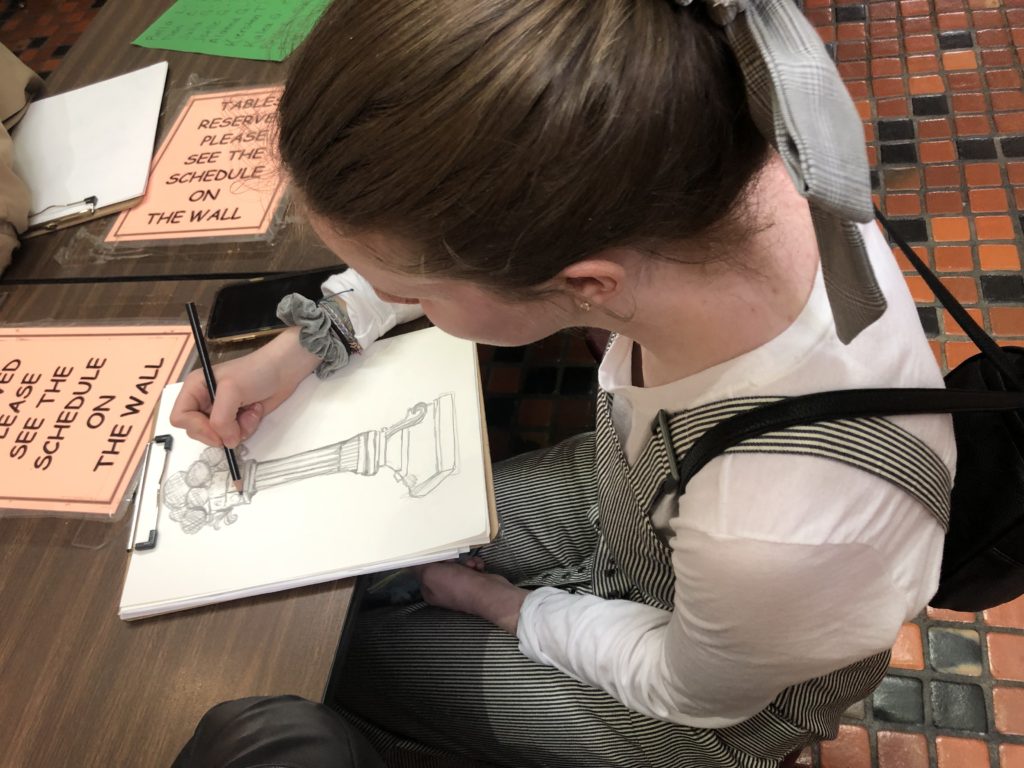
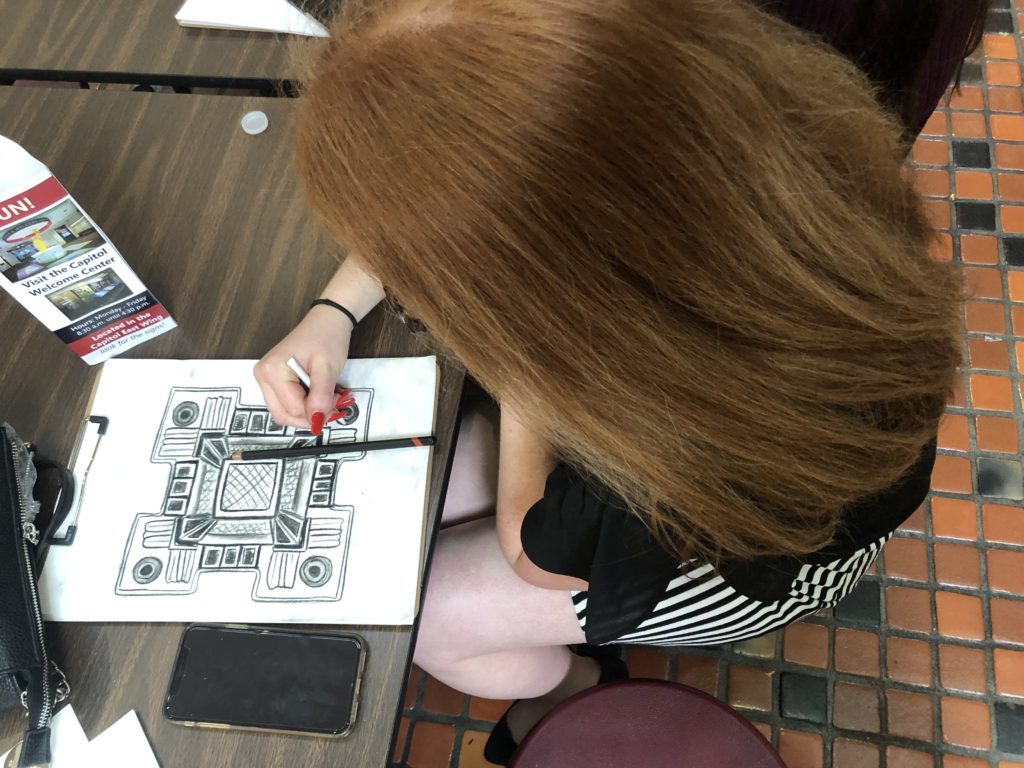
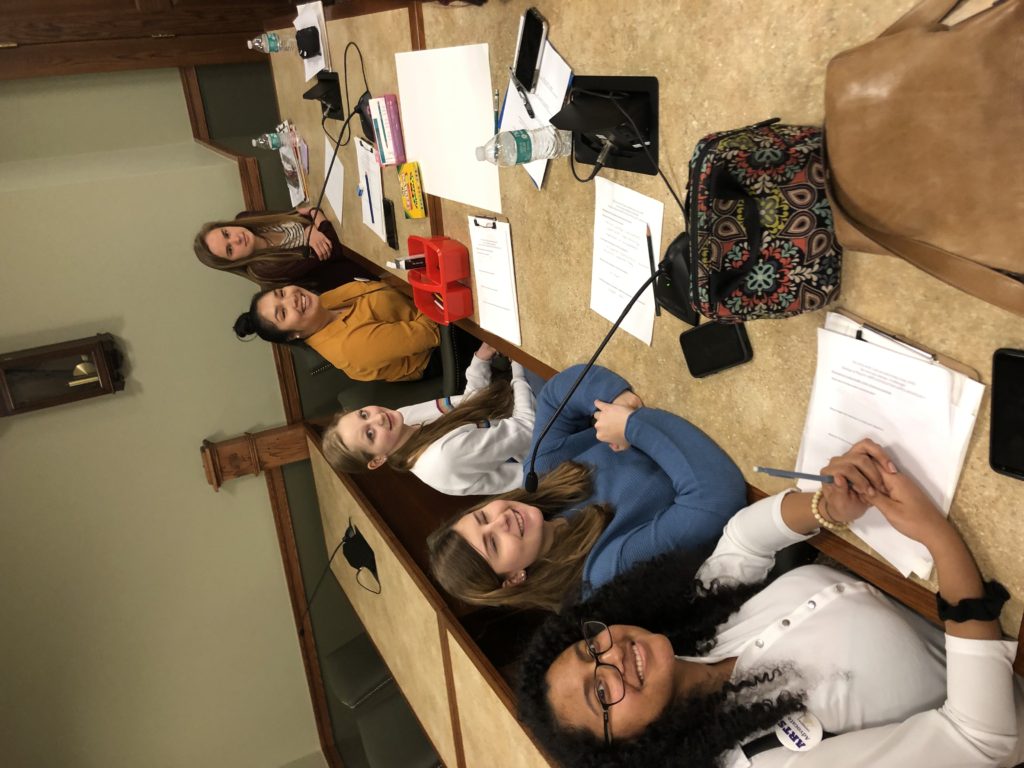
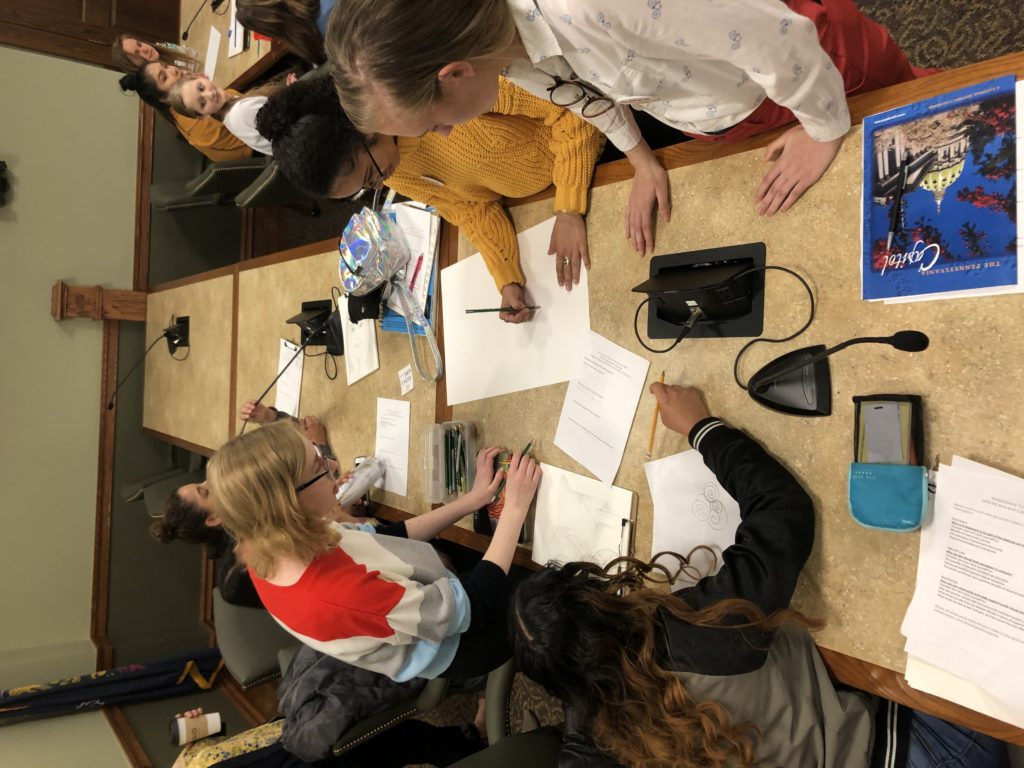
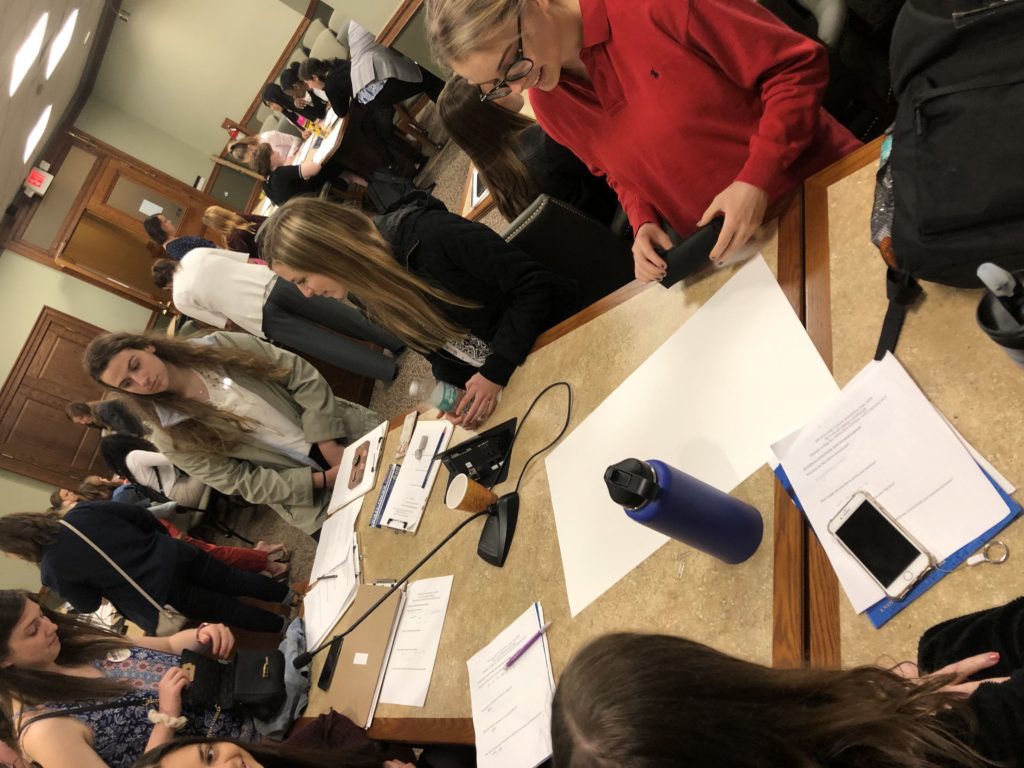
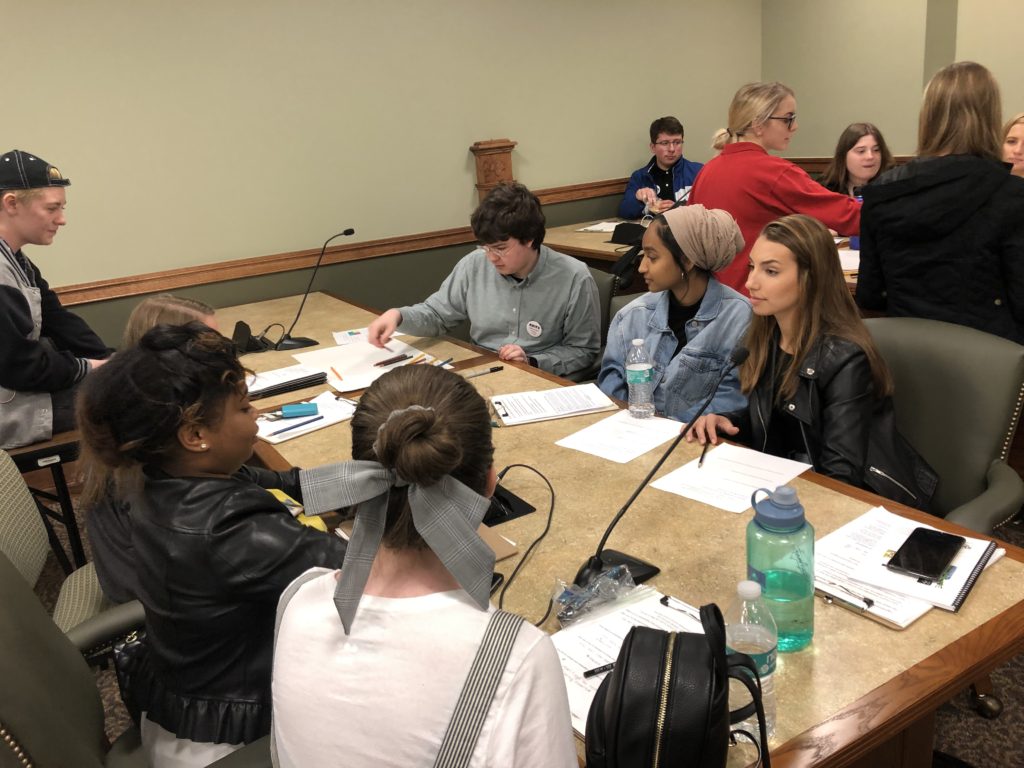
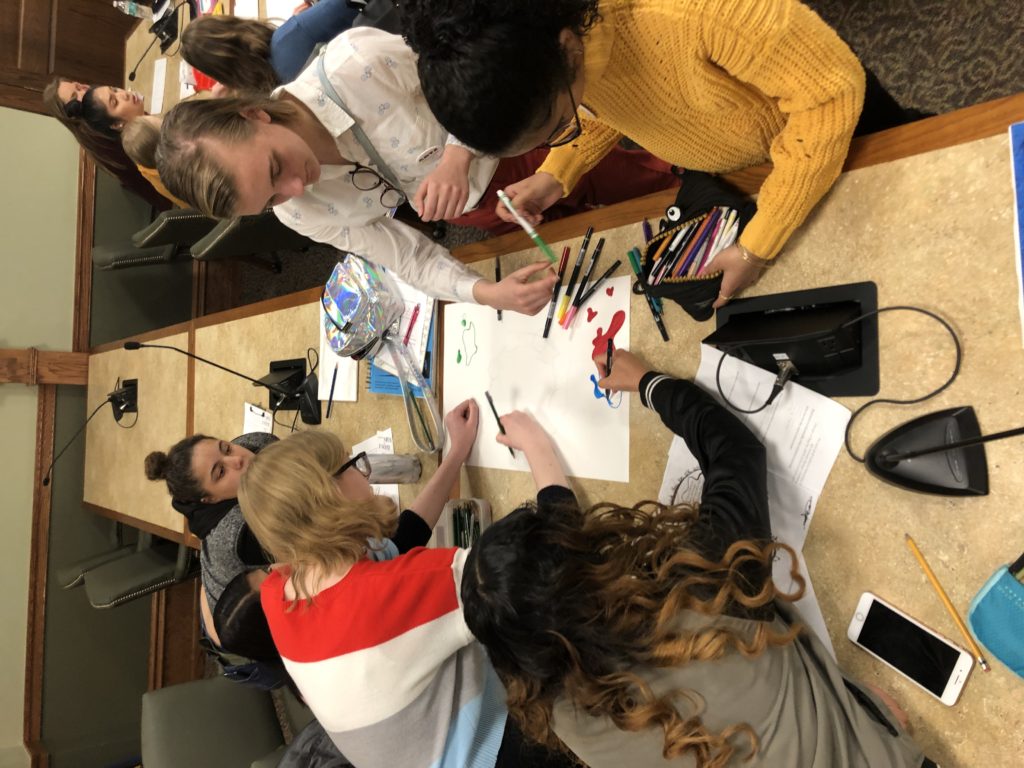

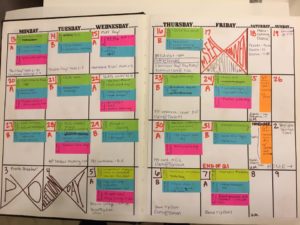
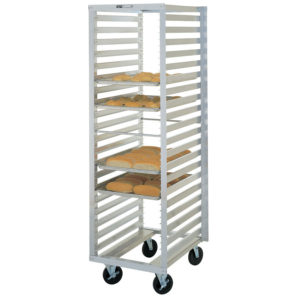

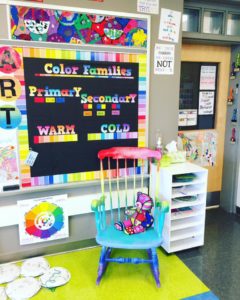
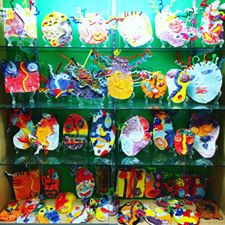
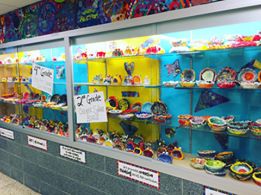
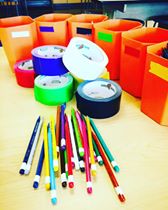
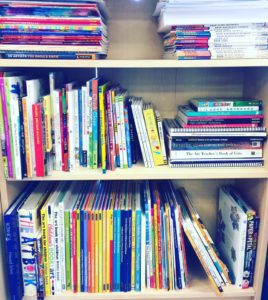
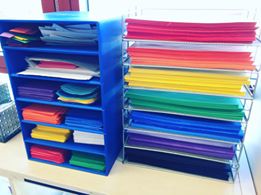
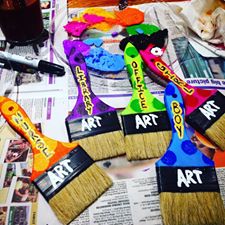
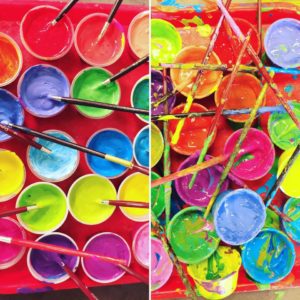
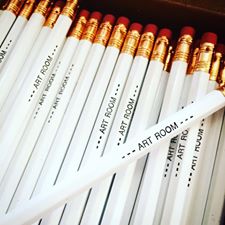
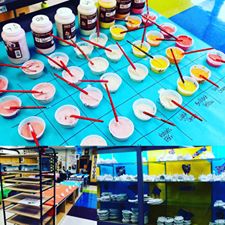
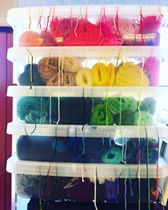
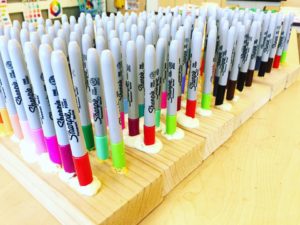

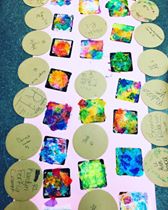

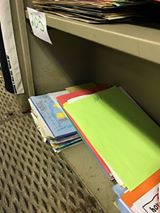
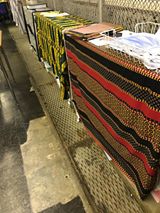
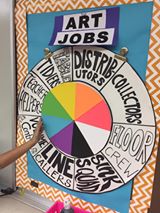
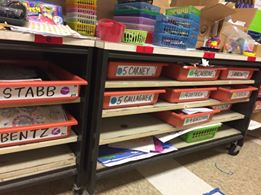
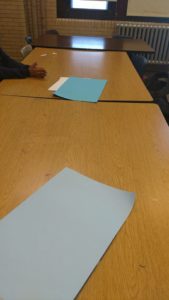

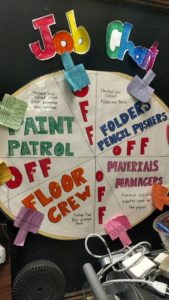
 D5 Creation
D5 Creation